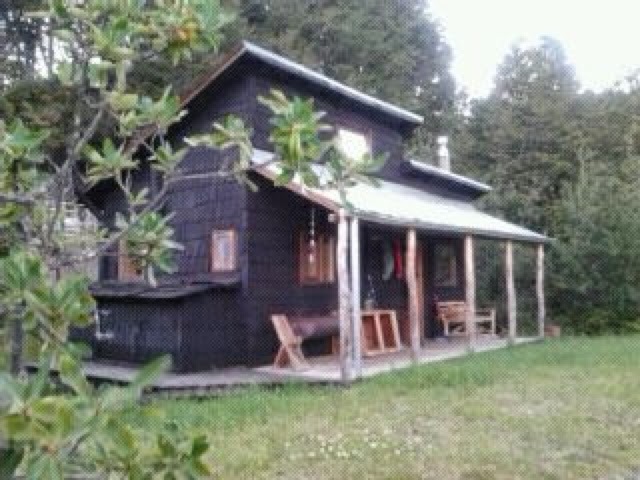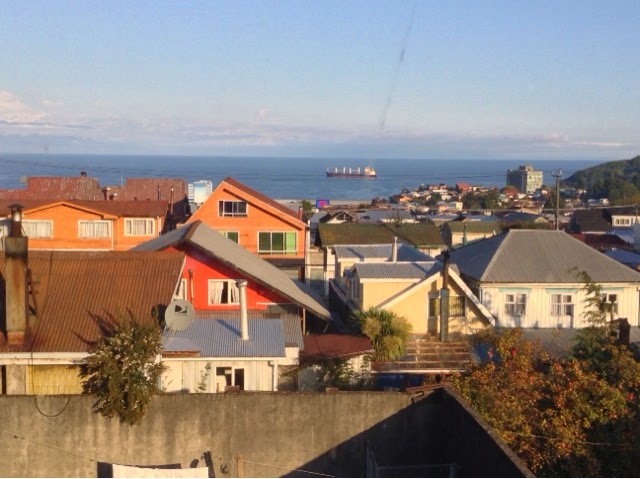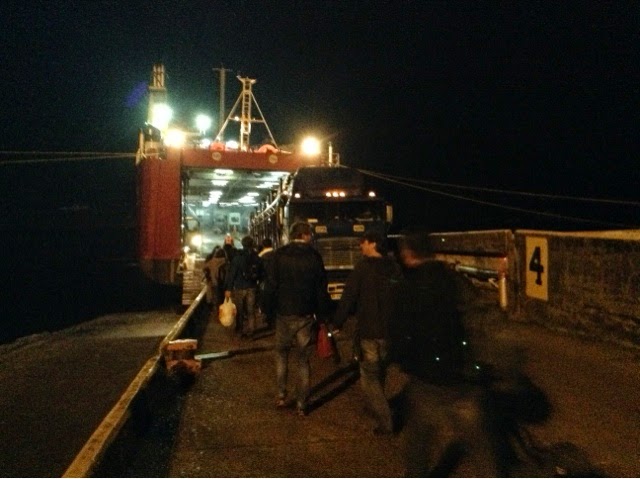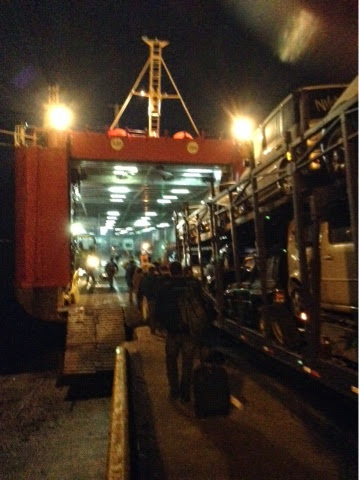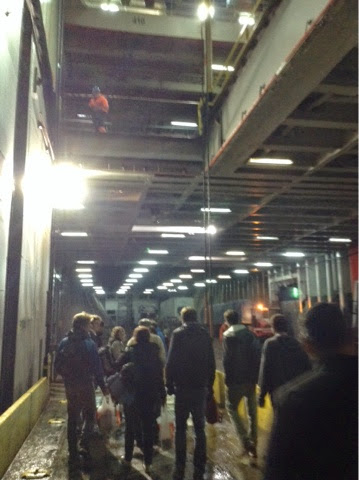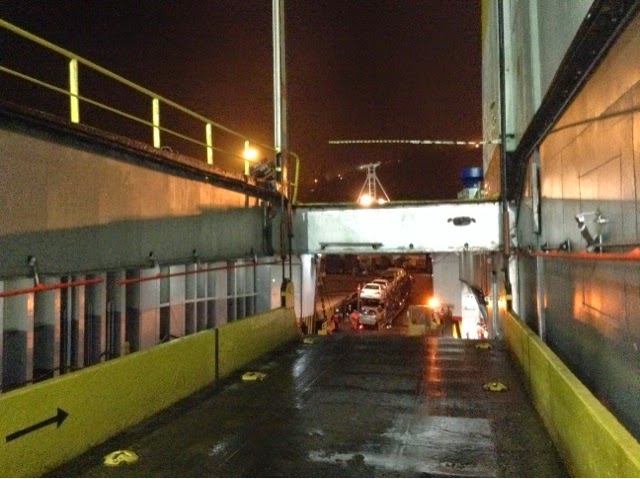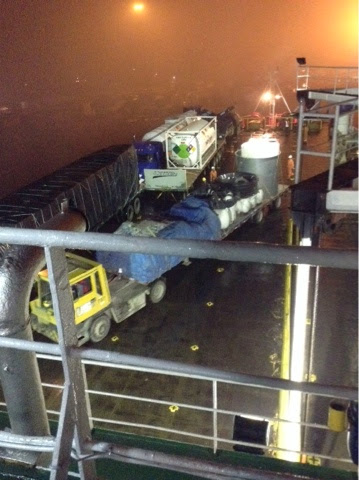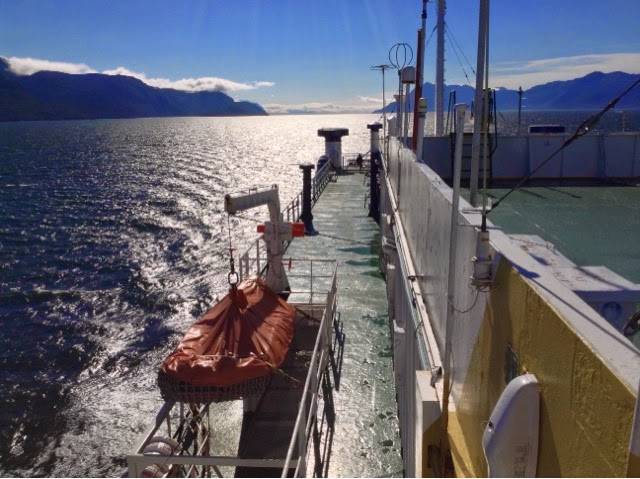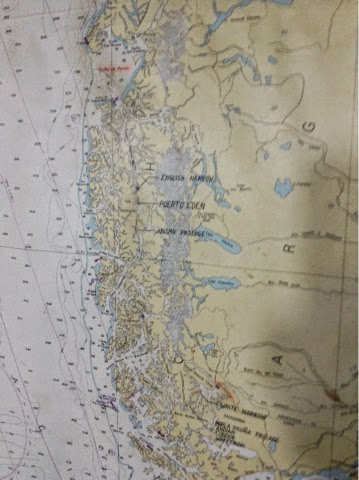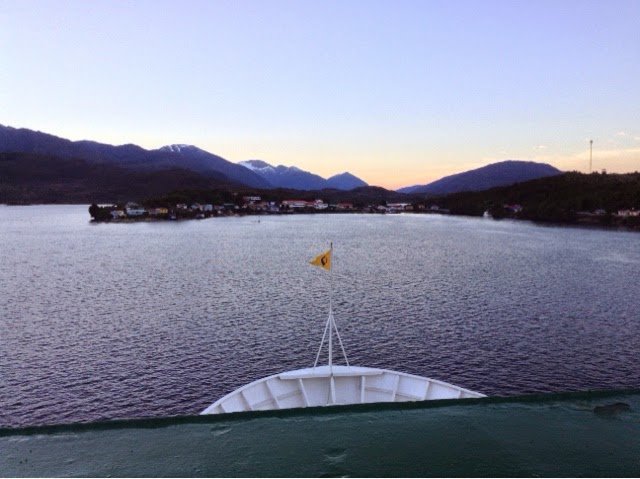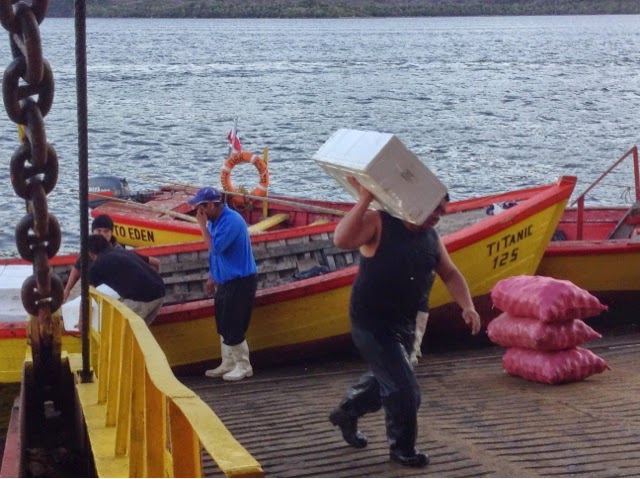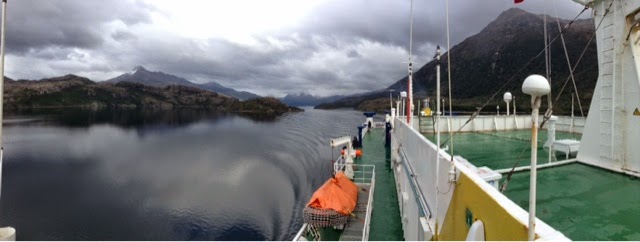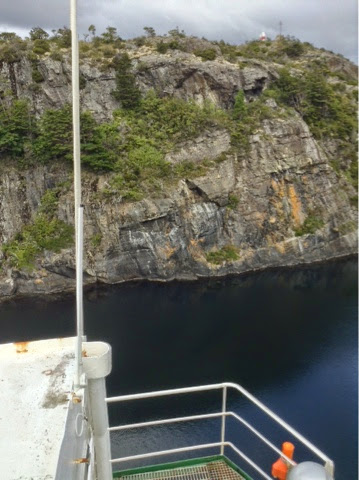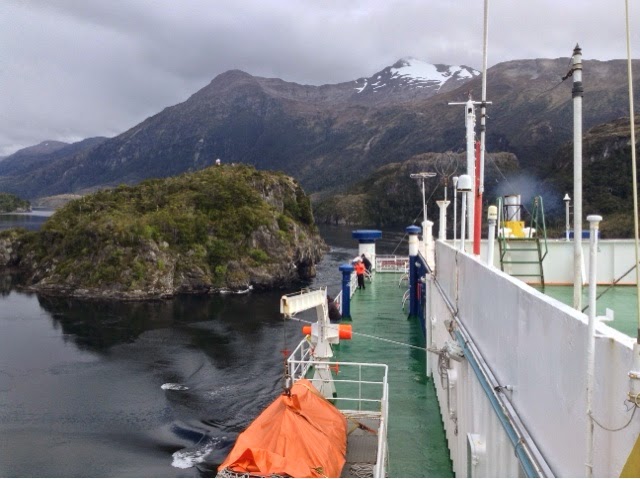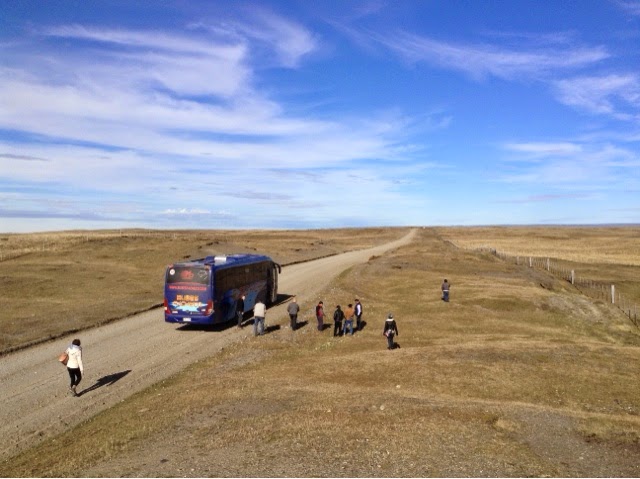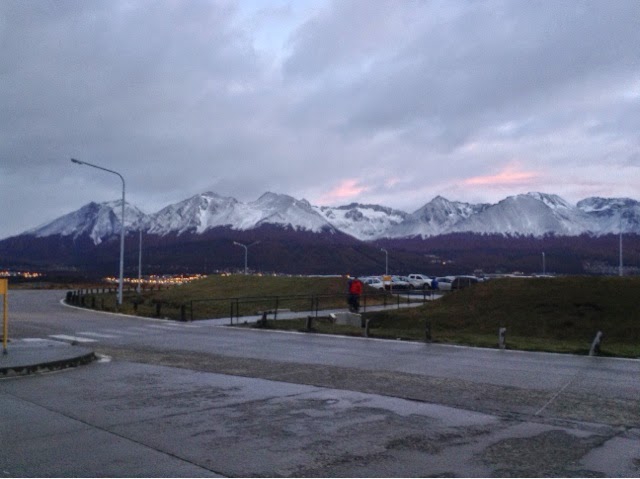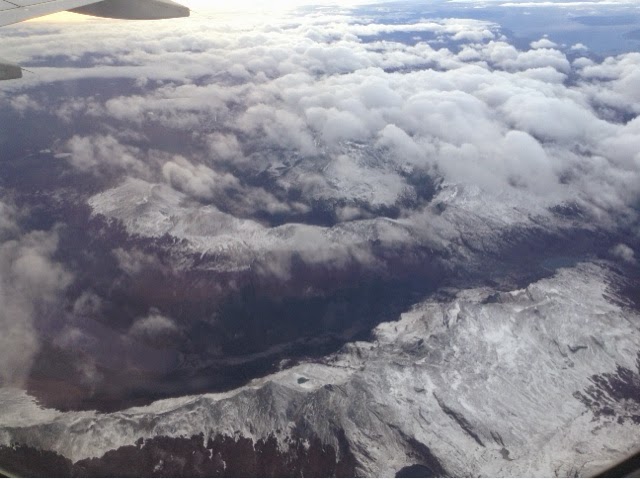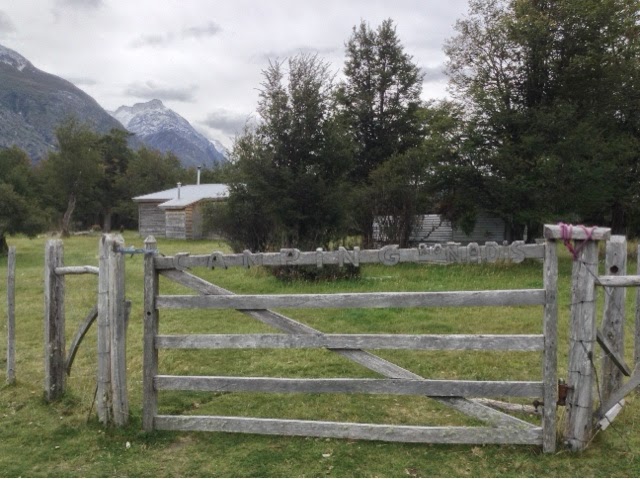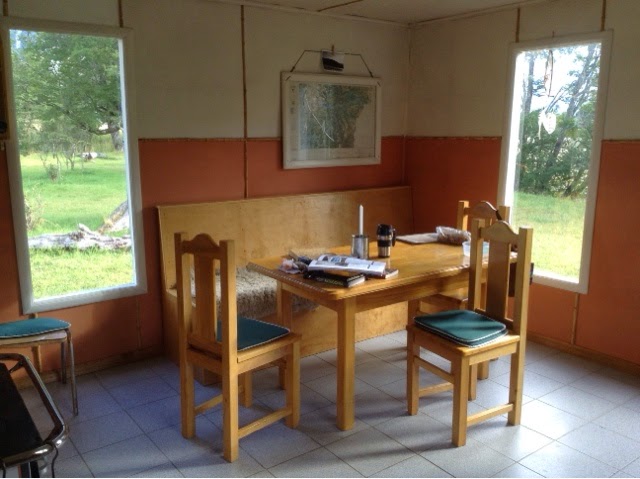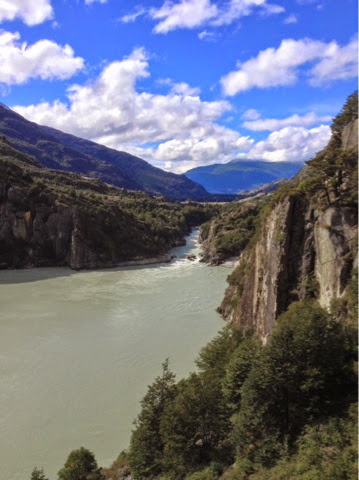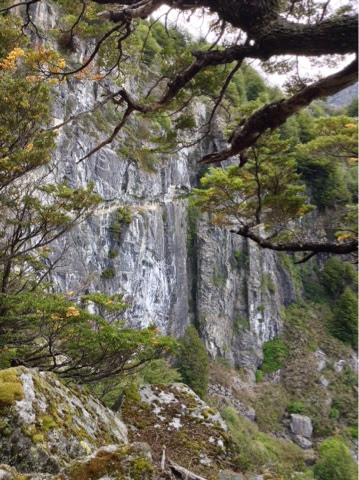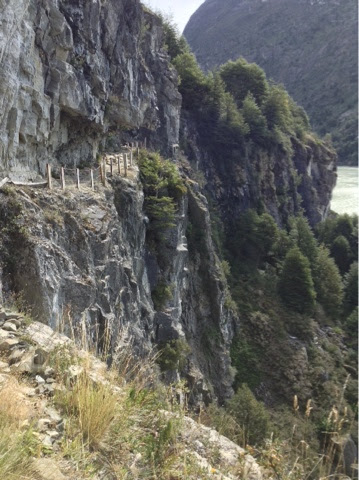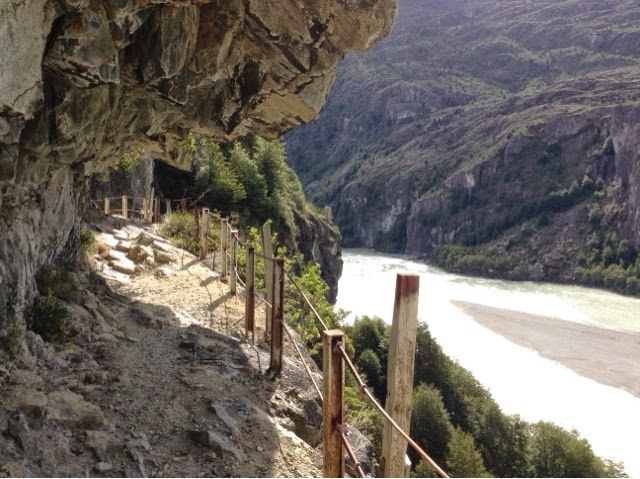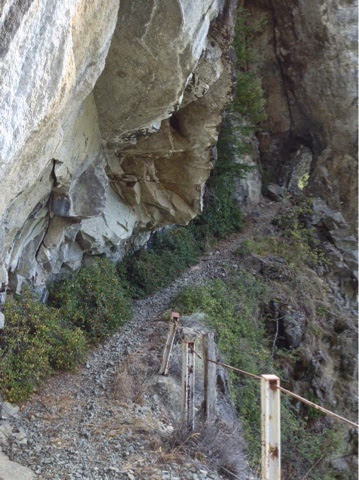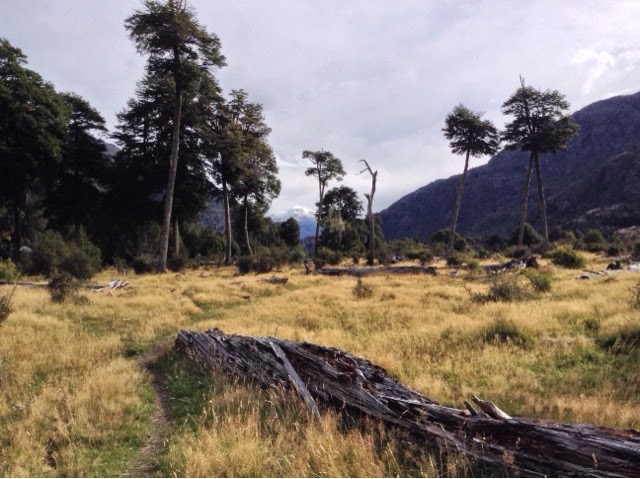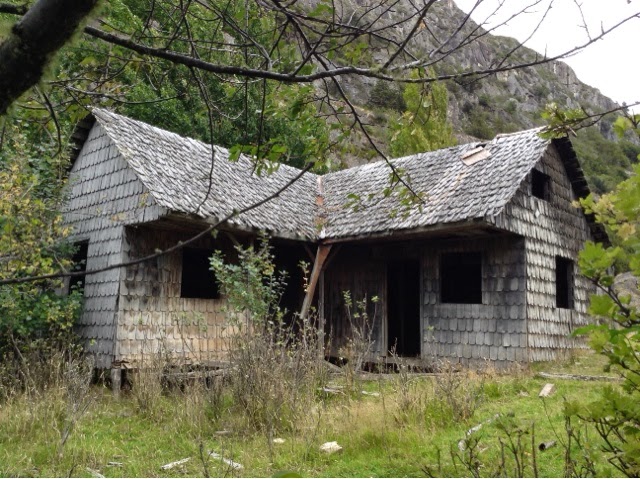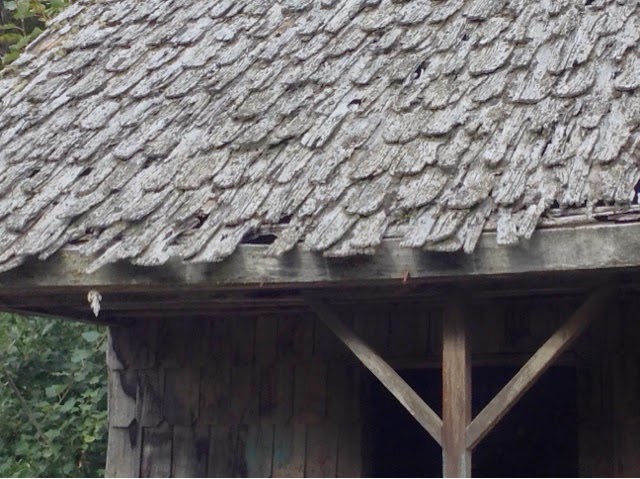Spesking of Tranquilo, the bus made a quick stop there to pick up passengers and make a pit stop, and what do you know but as I was coking down a sandwich I happened to see a friend drive by and we both waved and yelled out a hearty hola! Remember that this pueblo boasts maybe 200 inhabitants and I had only happened to meet some of them (like three, and one of those-- the guy I saw-- actually lives 40km further in the bush) a week or two earlier when I went on the glacier San Rafael/Exploradores Bay trip. Quite the small full-of-is-it-coincidence-happenings world... neat.
Finally reaching Coyhaique felt a bit like reemergence into a different world... traffic, bustle, a downtown scene... but it afforded some great options. I got to meet up again and chat more with an American woman who has been studying the cypres trees around Caleta Tortel (and interestingly enough her project mirrors my cactus one in that were continuing to follow up with a project that caught our interest many years ago, without official funding via a sponsoring university... in other words two plant-crazy gringas happened to meet up in a middle of nowhere town...), and then got to spend time at a friend of a friend's (who is now my own friend) sweet wee house
outside of town just relaxing, doing laundry, and enjoying the countryside from the top of the bluff that incidentally on the map is called 'Antarctica' (maybe because it holds the snow longer in the winter? He's not sure...) so he can actually claim to live in Antarctica year-round!...
I also got to peruse his music and book collection (what a treat!)... I took a bike ride across Russia while I was doing my laundry... and cried several times at the beauty and tragedy of the experience... Off the Map by Mark Jenkins, highly recommend. And then was soothed by Silvio Rodriquez's voice as I made my dinner (friend Raul was away till late)... an excellent way to be reintroduced to the pleasures of the 'front country' world.
Then came the real, real world de try with a flight up to the bonafide city of Puerto Montt... they have two malls! But even better was a cool old sector where you could just feel the rich stories of days gone by leaking out of the old buildings,
a great waterfront promenade, neat murals,
a fantastic view from my hotel window (after one night in a different room where I awoke to the sound of water dripping onto the pillow of the bed next to mine as a result of a severe thunder and lightning storm that I heard nothing of-- except for the water leaking from the ceiling of my room) but was in the papers the next day as a super rare occurrence and how it had widely knocked out the power in the area into the next day...
And then to top it off a neat crafts/souvenir market (like I needed anything else to add to the body bag of books, rocks, and other assorted must-haves that I'd been lugging around) and then maybe even better (yes), a fresh seafood market at the end of the port area where I gorged on mussel ceviche and all sorts of other treats like curanto (a regional dish which is basically a huge pile of a bunch of stuff-- steamed mussels, pork knuckle, potatoes, chicken), fresh cheese, and licor de oro (a regional alcoholic drink made with whey, saffron, and lemon peel... sounds crazy but was really excellent, especially with an after eight mint!)
Then it was time to board the ferry, more a cargo ship than tourist ship, but our cabins (6 to a room, I shared with three other girls, with an ensuite bathroom) and beds were extremely comfortable. Was neat to board just like one of the trucks, on the semi-sized cargo elevator...
and then watch the skill of the driver getting everything to fit within inches...
We left at night which was ok because the initial passage was pretty wide open and the next day was stunningly clear and sunny...
Then as the trip went on (three days total) there were some really neat tight passages where I was surprised it was deep enough (and was just wide enough) for the ferry to get through... a true 'inner passage' to avoid the open ocean of the coast...
Straight down from Puerto Montt highlighted at the top, then having to divert out to the open ocean then the Gulf of Penas due to no inner route... (remember the Isthmus of Ofski from my San Rafael post, and the kayak expedition to go overland and downriver following the route of the failed attempt to open the area to link the northern and southern 'inside passages'?)...
Then back inside to pass by more fijords-like scenery, and Puerto Eden,
an isolated outpost still only accessible by boat and served once or twice weekly by this cargo ferry route. We stopped and the flurry commenced, launches showed up to unload a few passengers, a bunch of shellfish in bags and fish in styrofoam coolers for sale at Puerto Natales, and all other sorts of things to go away and be fixed (various metal contraptions) or returned (cement mixer) or filled (gas tanks)... while at the same time bags and crates of fresh food were loaded onto the launches... one 'claim to fame' of the town is that historically it was a Kaweskar settlement which I'd a regional native Indian group... but sadly as is the fate of most indigenous groups, the population has not fared well since the time of European arrival and there are only, as I understand it, five full Kaweskar remaining.
Then on again through the most impressive tight spots...
And then just like that we were in open water and approaching Puerto Natales across a huge tranquil bay that just weeks earlier when I was passing through on my way to Torres del Paine was a raging sea of whitecaps... it had appeared that the gods and devils were having a hell of a match above the mountains on the far shore and sending the wrath of their contest across the water in the form of a relentless font of wind... but nothing of that epic scene remained the day we arrived with the ferry...
All that remained was to say goodbye to my fellow ferry-mates, a mix of tourists and truck drivers--
And get myself to shore and the next leg of the journey. Bussed to Punta Arenas (3 hrs) to stay with another friend of a friend (have I mentioned the amazing people I've met along the way and how fun, friendly, and caring everyone has been?) and then caught another bus to take me 'home' and across the border back into Argentina to Ushuaia... a 9 hour trip that was extended even longer by a filter problem that left us stranded in the middle of the pampas hoping a replacement bus would arrive soon...
And after 3 hours it did... and then I was finally back in Ushuaia. After sitting out a day waiting for a 24 hr truck drivers strike to pass (the city essentially shut down and I was glad the strike wasn't two days later!), got my bag out of storage, crammed all of my precious souvenirs into every possible nook and cranny, and said my goodbyes (but hopefully only temporary) to some friends and to Ushuaia! The mountains were on hand to give me a peaceful farewell this morning...
And then that was it and we were away, laughing! (heavy bags went unpenalized!)
Now, putting the final digital touches on my journey log, reading, making notes about thoughts and experiences and to-do's past present and future, soon to board the penultimate part of this perambulation... oh it's nice to feel success finding vocabulary in a language! Maybe I'll continue to improve my Spanish reading the mini-library I've got in the belly of the plane...
Sending fond thoughts out to everyone--
:) jos
